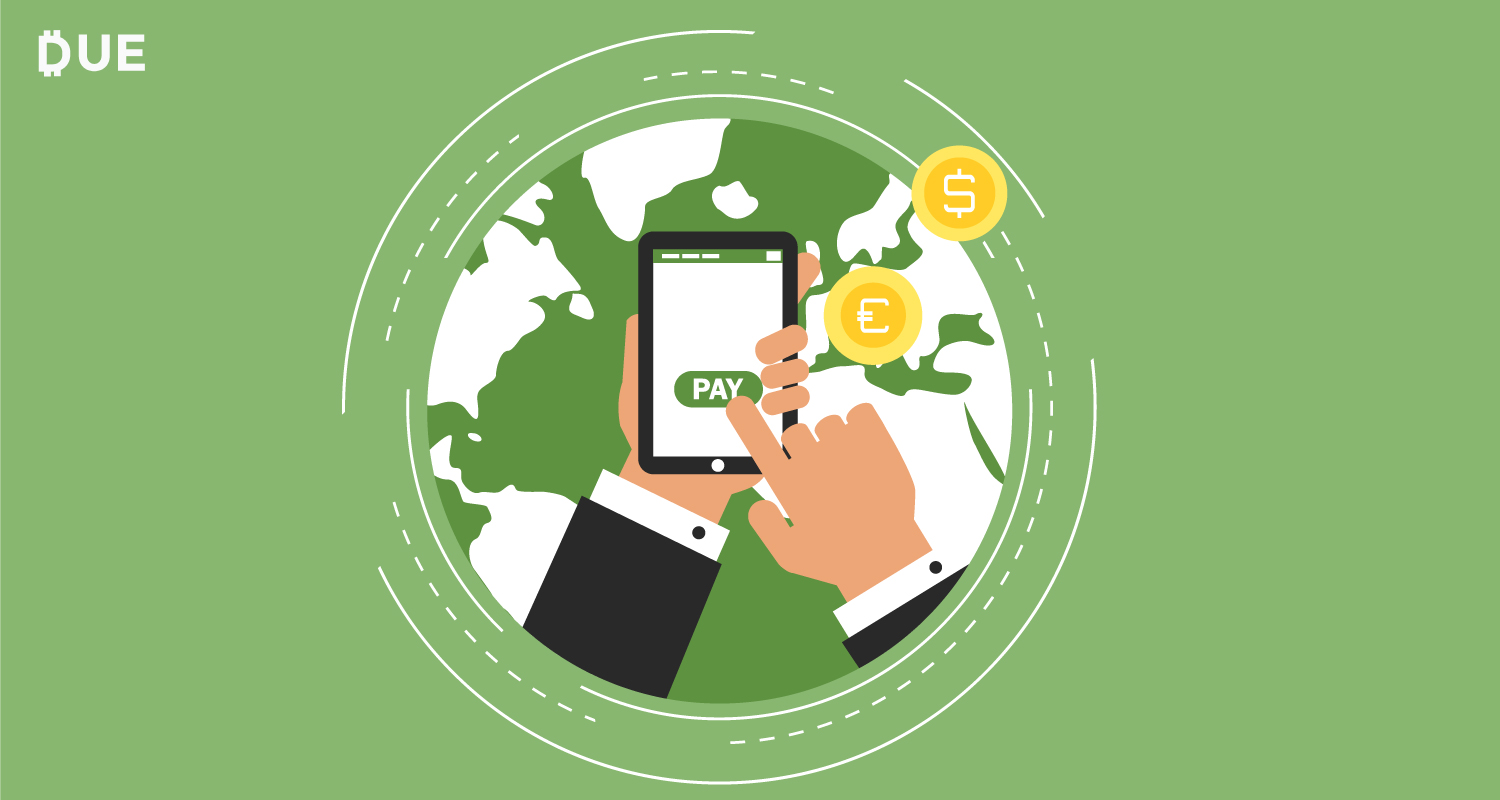Despite the fact that electronic invoicing has been steadily growing over the last couple of years, paper invoices still dominate. Bruno Koch notes in the Billentis Report 2016 that it’s expected the 2016 volume for e-bills/e-invoices will be around 30 billion worldwide with annual growth rates of 10-20 percent.
While that’s promising, it’s a shame that the figure isn’t higher considering cloud-based invoicing comes with the following benefits:
Table of Contents
ToggleCloud-based online invoicing gets you paid faster.
The main advantage of cloud-based online invoicing is that you get paid quickly. That’s because you don’t have to deal with snail mail. Thanks to Due’s Digital Wallet, funds are available immediately.
When you’re getting paid that quickly it improves your cash flow. That’s a big considering 66 percent of small and medium businesses face working capital issues. Since payment delays are a leading culprit of working capital woes, this ensures that your cash flow is healthy.
It’s cost-effective.
On average, paper invoices are between $12 to $30 each. That’s because each paper invoice comes with direct costs like paper and postage. There are also indirect costs (paying someone to input data) and hidden costs (waiting and watching for payment, errors).
Compare that to around $3.50 per electronic invoice. In most cases, businesses can end-up saving anywhere between 60-80 percent over manual processing. That’s because you’re eliminating those costs that were listed above.
Automates invoicing.
When you use cloud-based technology, you also get the perks of automation. Cloud-based technology is ideal especially when you’re running a subscription-based business or you have recurring invoices.
Instead of creating and sending an invoice each month the money is withdrawn automatically from the client’s credit card or bank account.
Besides saving you time, it ensures that you don’t get stiffed on a payment. Additionally, with automation invoices send upcoming and late-payment reminders. Essentially, auto-cloud based invoicing puts your billing on autopilot.
Cloud-based is secure.
Security should be a top priority for you and your clients. Thankfully, cloud-based invoicing can put everyone’s minds at ease.
Every reputable online invoicing platform must adhere to PCI Security Standards. Furthermore, companies like Due encrypts all transactions and use anti-fraud algorithms that employ machine-learning technology. There’s also a security staff that monitors its servers 24/7/365.
It reduces errors and disputes.
Because creating a paper invoice involves multiple steps, there’s bound to be some mistakes along the way. This could be an honest mathematical error or sending the invoice to the wrong individual.
It may not appear like a big deal initially, but these cause payment delays. Even more detrimental, it can damage the relationship with your clients. After all, would they trust you as a professional if you can’t even bill them correctly?
As if that weren’t enough, errors and disputes may cost you thousands of dollars to rectify.
Because online invoicing does the math for you, you don’t have to be concerned about these potential errors and disputes.
Cloud-based online invoicing enhances brand identity and improves customer relationships.
With a cloud-based invoicing solution you can add your logo, color scheme, and fonts that mirror your brand’s identity. That may not sound important, but considering that including your logo increases payments by three times. It’s an effective way to get paid on-time.
You can also add messages that will improve your relationship with your customers. It could be a simple “thank you for your business,” link to a report they may find interesting, or a discount on future work.
Everything is in the cloud.
Since everything is on the cloud, you can store your clients’ or suppliers’ information. This way you’re not wasting time retyping customer or supplier information every time you create an invoice.
Furthermore, you can upload and attach documents to accompany your estimates or invoices, such as receipts or photos of your work. With all of these records being stored on the cloud, they’re automatically backed up online. This eliminates having to print them out or file them in a cabinet.
These files can be retrieved on-demand, like in the unfortunate circumstance of getting audited.
It’s completely accessible to you.
Probably one of the biggest benefits of cloud-based online invoicing is that you have complete accessibility. This means that your data can be accessed anytime from your office, home, phone, and tablet.
Additionally, you can also grant access to your employee or partner. You can even create a user for your accountant. This allows them to review documents and obtain relevant reports electronically.
Cloud-based online invoicing offers customization.
Most cloud-based invoice applications come with a developer’s API. This means that you can connect with other software. In other words, you can integrate existing software to streamline everything from accounting and billing to project management.
But, customization can also go beyond APIs. For example, you can select your preferred language or currency. You can also tinker with the design of the invoice by changing the colors and fonts that best fit your brand.
It’s better for the environment.
Digital invoicing is four times more environmentally friendly than paper billing. That makes sense once you consider that it saves the trees, water, energy, and reduces pollution. Can you just imagine all those ink cartridges in a landfill?
According to the U.S. Adoption of Electronic Invoicing: Challenges and Opportunities, if there was “a reduction of 10 billion paper invoices annually in the U.S. could eliminate close to 200 tons of paper; save over one million trees; and reduce greenhouse gas emissions by 360 tons.”
That’s not just good for the environment, it’s also a way to show that your business is socially responsible.
If you’re curious, you can use this Paper Calculator from the Environmental Paper Network to see how cloud-based online invoicing reduces your carbon footprint.














